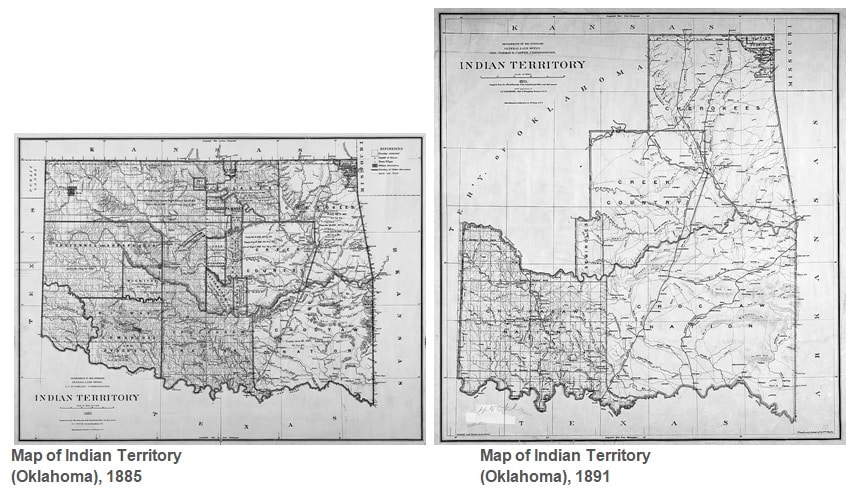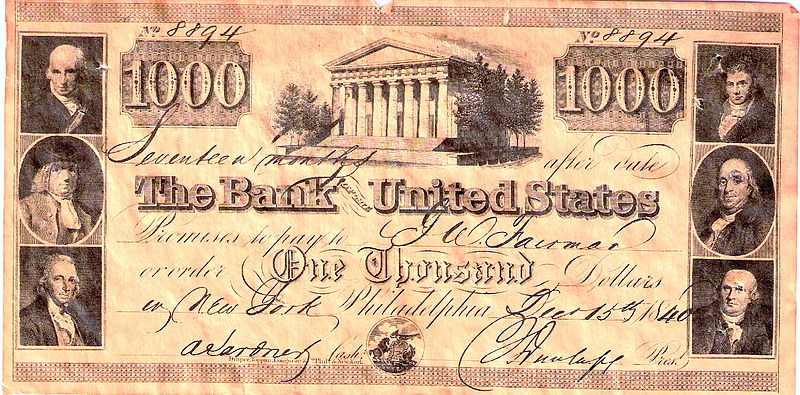The Dawes Act was an 1887 law concerning Native American lands. To successfully answer Dawes Act APUSH questions, be sure to understand the provisions in the law, as well as the consequences those provisions had on Native Americans.
What is the Dawes Act?
The Dawes Act was signed into law by President Grover Cleveland in 1887. The law divided communal tribal land into lots to be owned by individual Native Americans. Once an individual owned land, he became an American citizen subject to state law and taxation. The purported goal of the act was to protect American Indian land from encroaching white settlers, and also to help native peoples economically by setting them up with land suitable for farming. The underlying goal of the act, however, was to weaken the communal way of life and government of the tribes. The act did this by forcing Native Americans into a Eurocentric lifestyle so that they would assimilate to the culture of white America.
The act allotted 160 acres of land to each head of household and 80 acres to each single adult. The individual had 25 years to cultivate the land and prove himself competent. If the individual was deemed incompetent, the land went back to the federal government and was offered up for public sale, which usually meant the land was handed over to white settlers. After the reservation land was divided up among Native Americans, the surplus land was also offered to white settlers for purchase.
Important years to note for the Dawes Act:
- 1887: The Dawes Act is signed into law
- 1934: The Dawes Act is abolished under the terms of the Indian Reorganization Act
Why is the Dawes Act so important?
The Dawes Act effectively ended the autonomy of the tribes by abolishing their communal governments. Although the act was meant to help individuals by allotting them land, much of that land was unsuitable or not large enough for farming. Additionally, the act forced Native Americans to assume a way of life that was foreign and unavailable to them. Social structures that emphasized the private ownership of land and patriarchal gender roles were contrary to the tribes’ communal way of life. Many people struggled to acquire the tools, supplies, and knowledge necessary to sustain a successful farm. The Secretary of the Interior had immense power to decide whether such individuals were competent. Many Native Americans became landless, and by the time the act was rescinded in 1934, two-thirds of Indian land had fallen into the hands of European-Americans.
What are some historical people and events related to the Dawes Act?
- Henry Dawes: Massachusetts Senator who wrote the act
- Grover Cleveland: President who signed the act into law
What example question about the Dawes Act might come up on the APUSH exam?

Maps from the National Archives
The change in Indian Territory, as shown in the maps above, can be explained by
A) the Dawes Act.
B) the Indian Removal Act.
C) the Indian Reorganization Act.
D) the Burke Act.
Answer:
The correct answer is (A). The Dawes Act of 1887 dissolved tribal governments and landholdings. The land was then divided into lots given to individual Native Americans, for the purpose of establishing private property and farms. Those living on the allotted land were granted American citizenship and were subject to the laws governing the state or territory in which the individual resided.





